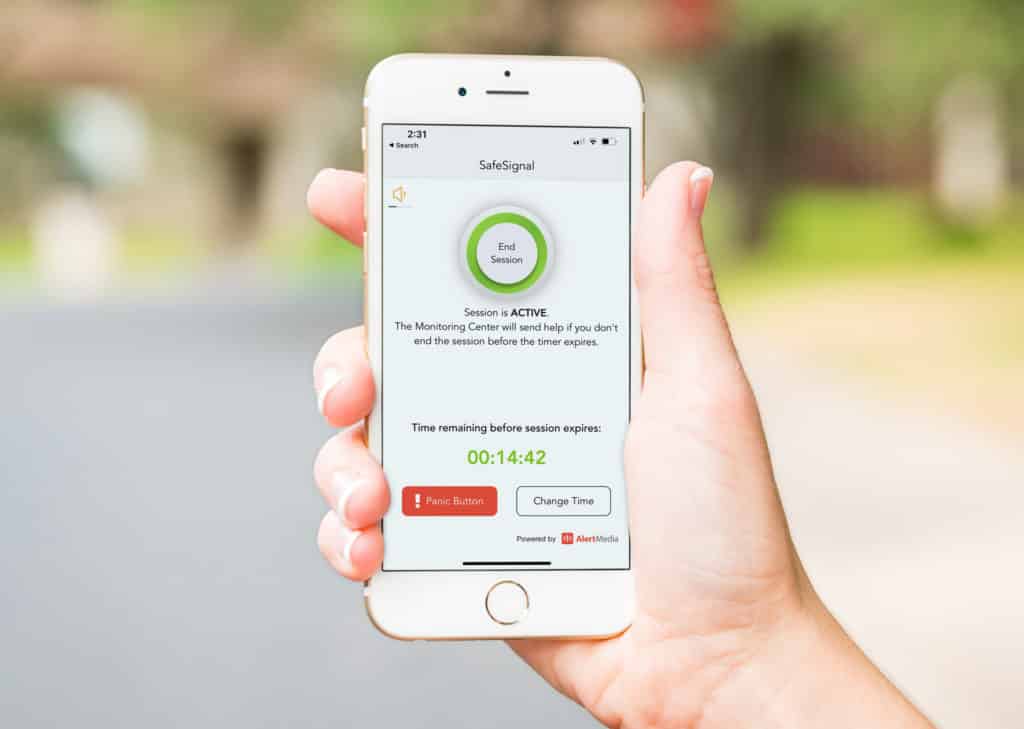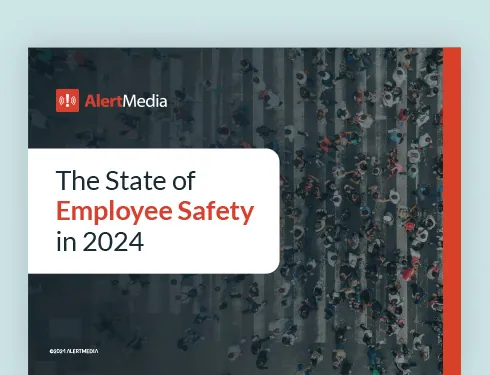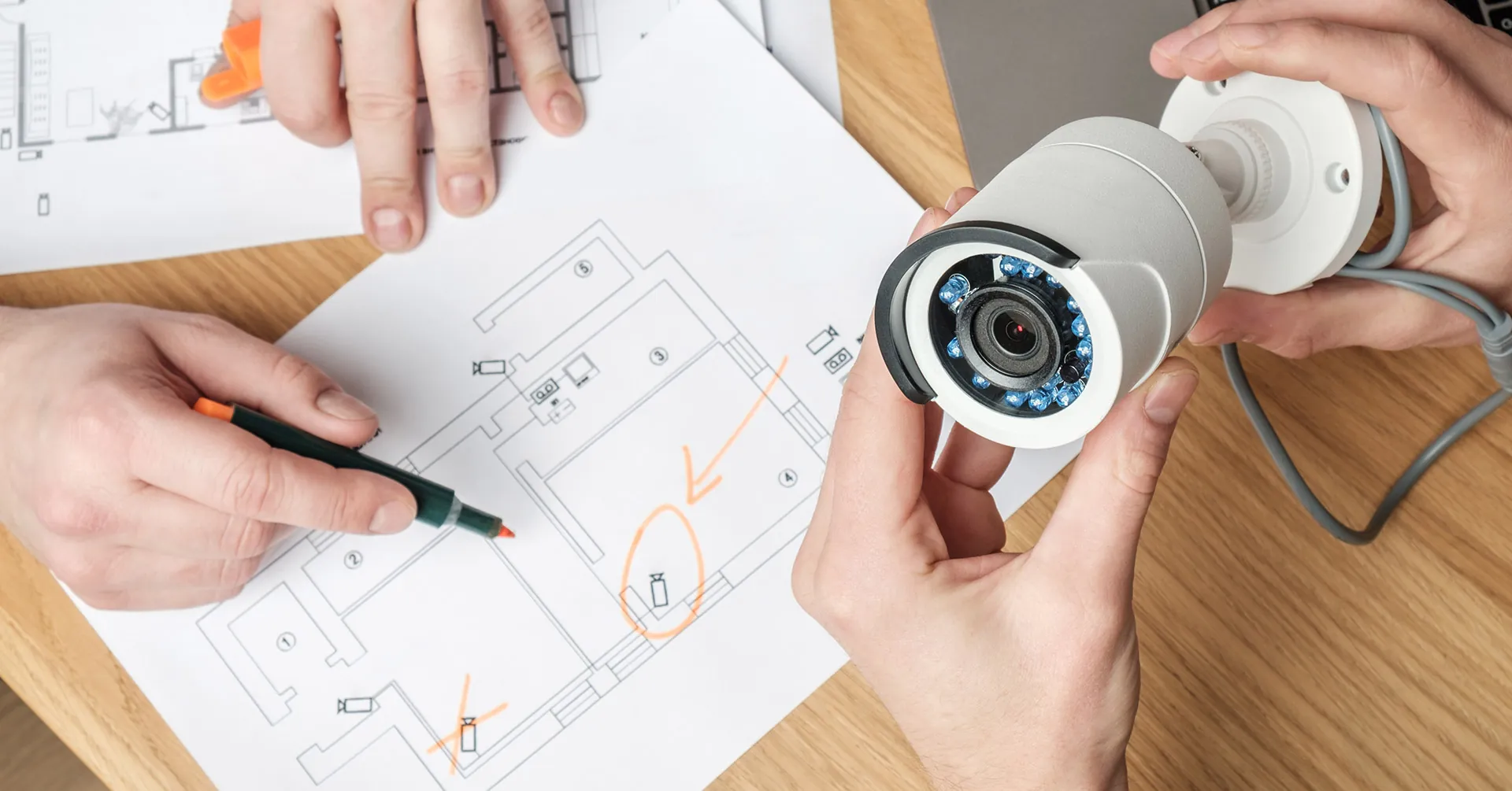
All You Need to Know About Lone Worker Safety Devices
This guide provides a comprehensive overview of the various lone worker safety devices available for employers looking to protect their lone workers.

So you’re looking for a lone worker safety device. Lone workers perform some of the most dangerous jobs, and it’s essential that you find a way to keep them safe and connected. But where do you start?
Key Considerations
There are so many different types of lone worker safety devices out there, it can be overwhelming. Start by asking some key questions about what your lone workers need from the device.
Who are your lone workers?
Think about who will be using the device. Are your lone workers tech-savvy? Are they used to using extra equipment on the job? If not, then finding a user-friendly solution is especially important. The device needs to be one that will fit seamlessly into your lone employees’ workflow.
Where are your lone workers located?
It is said that in real estate, there are only three things that matter: location, location, location. Although there are a few other factors that are important for lone workers, location is one of the most significant. Do your lone workers go to the same job site every day? Or are they constantly relocating to new environments? If there is one consistent job site, then location services might not be a key feature to look for in your device. But if your lone workers are working in different places by the week, day, or even hour, then being able to track their location is crucial.
What risks do your lone workers face while on the job?
There are countless types of lone workers, and with each unique job description comes unique threats. For home health care nurses, unfamiliar neighborhoods pose a danger. On the other hand, for electrical workers, the primary threat is high voltage. For lab workers at research facilities, dangerous chemicals might be the primary threat. The list goes on and on. Identify the threats for your lone workers before looking into safety devices.
What equipment do your lone workers already carry with them?
This one is less intuitive than the others but equally important. Many lone workers have to work with specialized equipment; others don’t use any at all. How will this device fit into your workers’ toolkit? If they are already over-burdened with equipment, certain types of devices might not be feasible. On the other hand, if your lone workers aren’t used to bringing along specialized equipment, they might be resistant to using a new device. Some of the most feature-rich solutions available only require a smartphone, which can solve both of these problems.
Who will be monitoring your lone workers?
A safety device can only do so much. While it can detect certain types of threats and give your lone worker a way to signal for help, there needs to be someone on the other end that can respond. Otherwise, the device is useless. Who at your company is that going to be? If no one comes to mind, it might be worthwhile to find a solution that includes 24/7 monitoring. Many lone worker safety solutions that offer monitoring allow you to create your own custom action plans so that as soon as your lone worker is in danger, a trained monitoring professional is making sure that the right steps are being taken.
Types of Lone Worker Safety Devices
There are several different types of lone worker safety devices, so it’s important to know what types of devices are out there.
Worn devices
With these products, workers clip a device to their safety suit, ID badge, or somewhere else on their person. Depending on the product, the device can detect gas wirelessly, offer two-way communication or GPS location, among other features. Workers must remember to bring the device with them, fully powered, and to attach the device as they start their shift.
The primary benefit of worn devices is that they are hands-free. For most lone workers, the use of their hands is crucial to doing their job. They run the risk, though, of being inaccessible or awkward to use if the wearer needs to signal for help. For this reason, worn devices make the most sense for workers whose threats can be automatically detected (like chemical leaks or heat).
Carry devices
These are similar to the worn devices, except they are handheld rather than worn. Workers still need to carry these safety devices from job to job, remembering to have them charged up for the day. To be most effective, the worker must always know where this device is among their daily equipment. They have the benefit of being easily accessible if a threat arises.
The major drawback of carry devices is that they are not hands-free. This is fine for lone workers who only need to use their safety device for a very short period of time, or those who will not be using their hands (say, if they are simply monitoring something). But for the vast majority, carry devices are impractical.
Audible alarms
If you’ve ever heard the ear-shrieking alarm go off on a personal safety device, you know it’s hard to think of anything else other than shutting off that alarm! Employers offer this type of device to their workers so they can scare off a possible threat.
Audible alarms are frequently inexpensive stand-alone devices without connection to a security center or other emergency services. Although they can serve a purpose, if all they do is sound an alarm, they are likely not enough.
The best lone worker safety devices include an audible alarm capability, but also a connection to law enforcement or other outside help. Otherwise, audible alarms are just the equivalent of signs outside houses that warn of alarm systems that lie within—even though the house actually has none.
Mobile phone apps
There are a lot of lone worker safety apps on the market that offer check-ins, “worker down,” and SOS buttons, among other features. There are some clear benefits to this type of approach. Rather than having to remember to charge a separate device and bring it with them, lone workers can simply use their cell phones—something they almost certainly won’t forget.
But in practicality, most of these “panic button” apps don’t cut it. To use the app in an emergency, the worker must be able to unlock his/her phone, find the app, navigate to the SOS button, and press it. If the worker is severely hurt or unconscious, they may not be able to summon help.
Two-way messaging hub
With this product, the employee can communicate with a team member if they are in distress or just to do a safety check-in. This system is less discreet, however, and a worker may not be able to safely articulate what they need (if they are being threatened, for example).
Much like the audible alarms, two-way messaging is an important part of a lone worker safety device, but if that is all your device offers (such as a two-way radio or messaging app), then you could be in trouble.
Satellite devices
Designed for areas where cell service is spotty or inaccessible, satellite devices pinpoint a worker’s location and sometimes offer two-way communication. These are important to consider if your lone workers will be working in remote locations.
For the vast majority of lone workers, though, cell service is a given. If that is the case, satellite devices are unnecessary.
The All-in-One Solution: Lone Worker Monitoring From AlertMedia
AlertMedia’s lone worker solution provides a hands-free, easy-to-use safety device that allows the user to signal for help by pressing a panic button or by using a timed monitoring session. When the panic button is pressed or the timer expires, an alarm is triggered and the AlertMedia Monitoring Center immediately receives the signal. We’ll dispatch law enforcement to the user’s exact location or follow the steps outlined in your emergency action plan.
There are several important features that make AlertMedia’s lone worker solution stand out.
A visible deterrent
Ideally, your lone worker’s day goes smoothly, and there is no reason to call for help at all. AlertMedia can help make sure that happens, by visibly indicating that your lone workers are being monitored. Much like houses with yard signs declaring their active alarm systems, holding a phone with an active monitoring session on-screen can deter would-be aggressors and prevent escalations from happening.
An audible alarm
The immediate sounding of an alarm can startle an attacker and scare away anyone that could become a threat. Lone workers, like homecare nurses, are vulnerable because they are alone; a verbal alert announcing that authorities are on the way quickly changes that perception. Make sure your workers can trigger an audible alarm easily, without having to press any buttons or unlock a phone. These steps take unnecessary time and, in an emergency, they can be the difference between getting help quickly or not.
24/7 monitoring
When your workers find themselves in danger and trigger their personal alarm, there is no telling what situation they are in. They could be under attack, on the run, or being pressured to stay silent. In such cases, dialing 911 is not an easy option. Even if they can call the police, they are unlikely to be composed enough to quickly and effectively relay relevant information to the operator. For this reason, it is crucial that your lone workers are being monitored 24/7. When your lone workers signal they are in danger (hitting the panic button or letting their session expire), they do not have to worry about contacting the authorities—a monitoring professional is doing so already.
Rapid and informed connection to law enforcement
The faster law enforcement can be notified, the more likely they are to be able to respond in an effective and timely manner. According to American Police Beat, the national average response time to a 911 call is 10 minutes—but if one of your people is in immediate danger, that is often not fast enough.
Make sure your lone workers are never really alone, even if they are unaccompanied. Let us show you a demo, to see whether AlertMedia makes sense for your lone workers.




